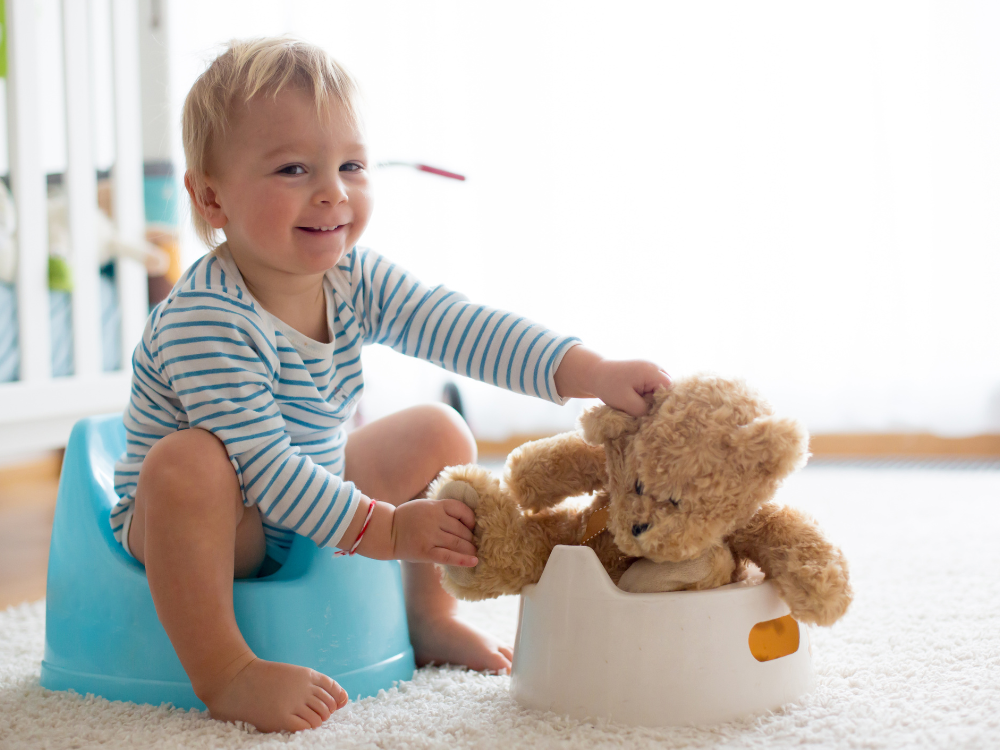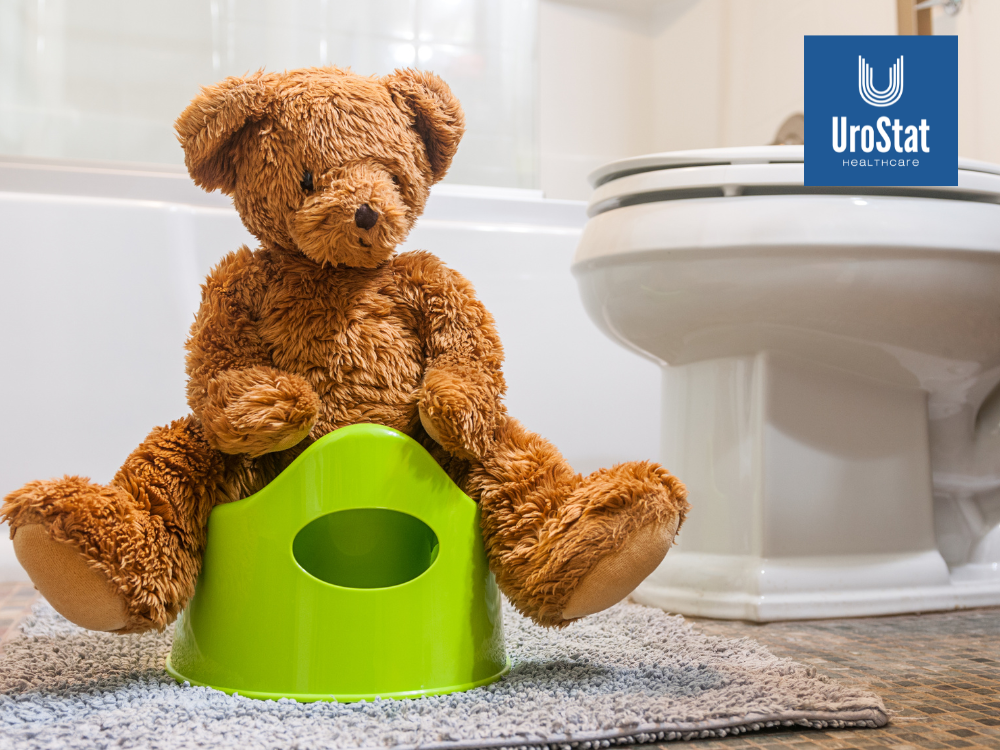Understanding the “Why” Behind the Leaks
When your child experiences frequent accidents, it can be both worrying and confusing. At first, you might assume it’s just part of the potty-training process. However, while many kids have occasional leaks during those early years, persistent incontinence — whether during the day or at night — often points to an underlying medical condition.
That’s why understanding the “why” behind these symptoms is such an important first step toward getting your child the care and support they need.
At UroStat Healthcare, we partner with families and physicians every day to provide compassionate support and reliable incontinence supplies for children with qualifying medical diagnoses.
Common Conditions that can Cause Incontinence in Children:
Spina Bifida
Spina bifida is a birth defect that affects the spinal cord and nerves. Because these nerves control the bladder and bowel, children with spina bifida often experience neurogenic bladder, meaning they have limited control over urination. Many require long-term use of catheters or absorbent products to manage leaks and prevent infections.
Check out UroStat’s blog on “The Ultimate Guide to Catheter Care at Home: Tips for Comfort, Hygiene, and Peace of Mind” for deeper reading about catheter management.
Cerebral Palsy
Children with cerebral palsy may also face bladder control challenges due to muscle coordination issues. Because cerebral palsy affects muscle tone and movement, the same difficulties that impact walking or fine motor skills can affect pelvic muscles too.
Consequently, these children may not always recognize the urge to urinate, leading to accidental leaks. A combination of therapy, medical management, and protective supplies can make a big difference in their comfort and confidence.
Autism Spectrum Disorder (ASD)
For children with autism, incontinence can sometimes stem from sensory processing differences, anxiety, or communication challenges. Many children with ASD experience delays in toilet training because the process feels overwhelming or confusing.
To help, parents can focus on routine, patience, and support from trained professionals. Learn more in our related article: Child Incontinence: Common Causes and How to Help.
Spinal Cord Injuries or Disorders
When a child experiences spinal cord injury or disease, it can disrupt communication between the brain and bladder. Depending on the severity of the injury, they may lose bladder sensation completely or experience involuntary urination.
In these cases, catheterization, medications, and absorbent protection are key to maintaining hygiene and preventing infections.
Developmental or Genetic Disorders
Conditions such as Down syndrome, muscular dystrophy, and other developmental delays can also cause incontinence in children. This happens because reduced muscle tone or slower developmental progress can interfere with bladder control.
Fortunately, with consistent routines and the right products, parents can help children stay comfortable and confident. Learn how insurance coverage supports families in our article: Essential Guide to Pediatric Incontinence Insurance-Covered Medical Supplies.
Diabetes and Other Endocrine Conditions
Sometimes, incontinence in children can be an early sign of another condition, such as Type 1 diabetes. When blood sugar levels are high, the body produces excess urine to flush out glucose — leading to frequent urination or bedwetting.
If your child suddenly starts having accidents, it’s always wise to check with your pediatrician to rule out metabolic or hormonal causes.
Urinary Tract or Kidney Abnormalities
Some children are born with structural issues in their urinary tract that make it harder to fully empty the bladder or control urination. These cases often require ongoing medical treatment alongside absorbent products.

How to Support Your Child with Incontinence
If your child’s incontinence is persistent or accompanied by other symptoms, don’t ignore it. Instead, talk to your pediatrician or a pediatric urologist to get a clear diagnosis and treatment plan.
What to do once you have your diagnosis?
- Work with your child’s doctor to identify the right care plan.
- Ask about insurance coverage and supply options.
- Create a consistent bathroom routine at home.
At UroStat Healthcare, we help families access diapers, pull-ups, wipes, and catheters, all covered by Medicaid for children with qualifying diagnoses. Our goal is to make managing incontinence easier, more affordable, and stress-free for parents.
Need help getting supplies for your child?
If your child experiences incontinence related to a medical diagnosis, you may qualify for Medicaid-covered supplies delivered right to your door, at no cost to you.
👉 Visit UroStatHealthcare.com or call 888-845-8698 to learn if your child qualifies for free home delivery through Medicaid.

